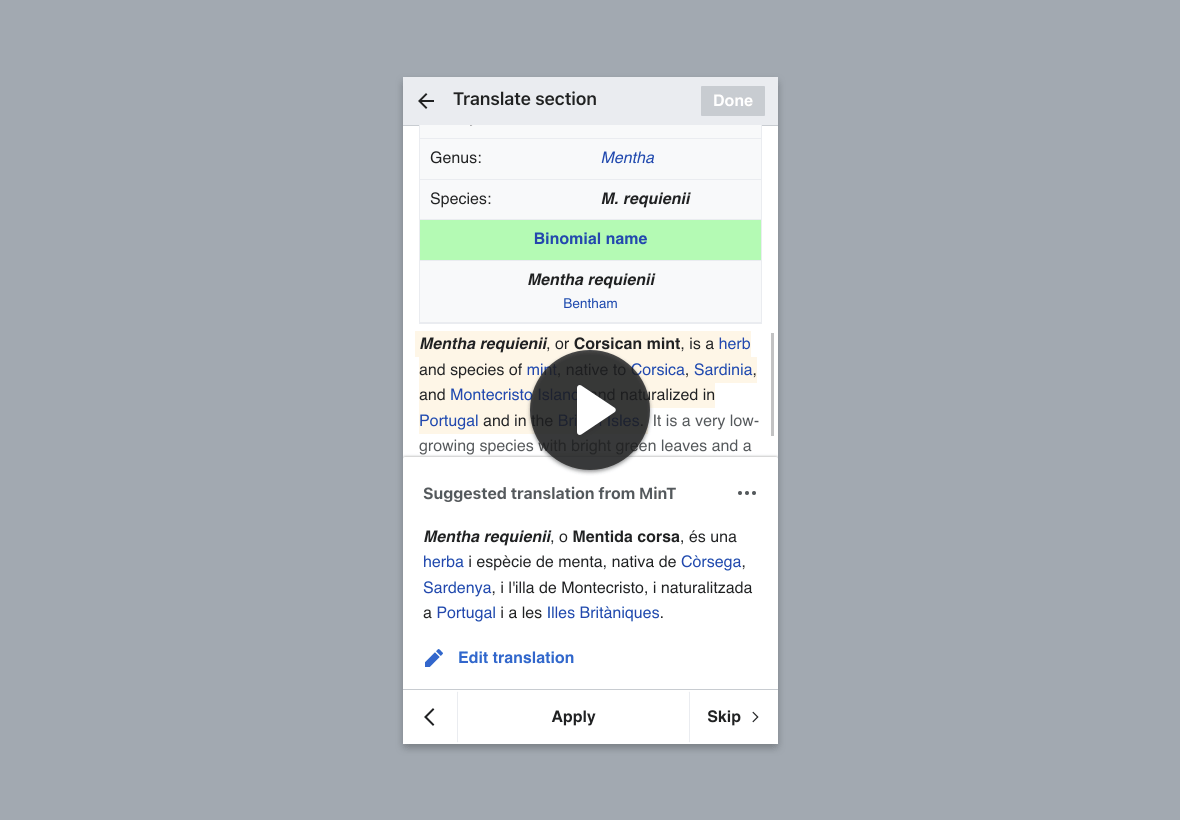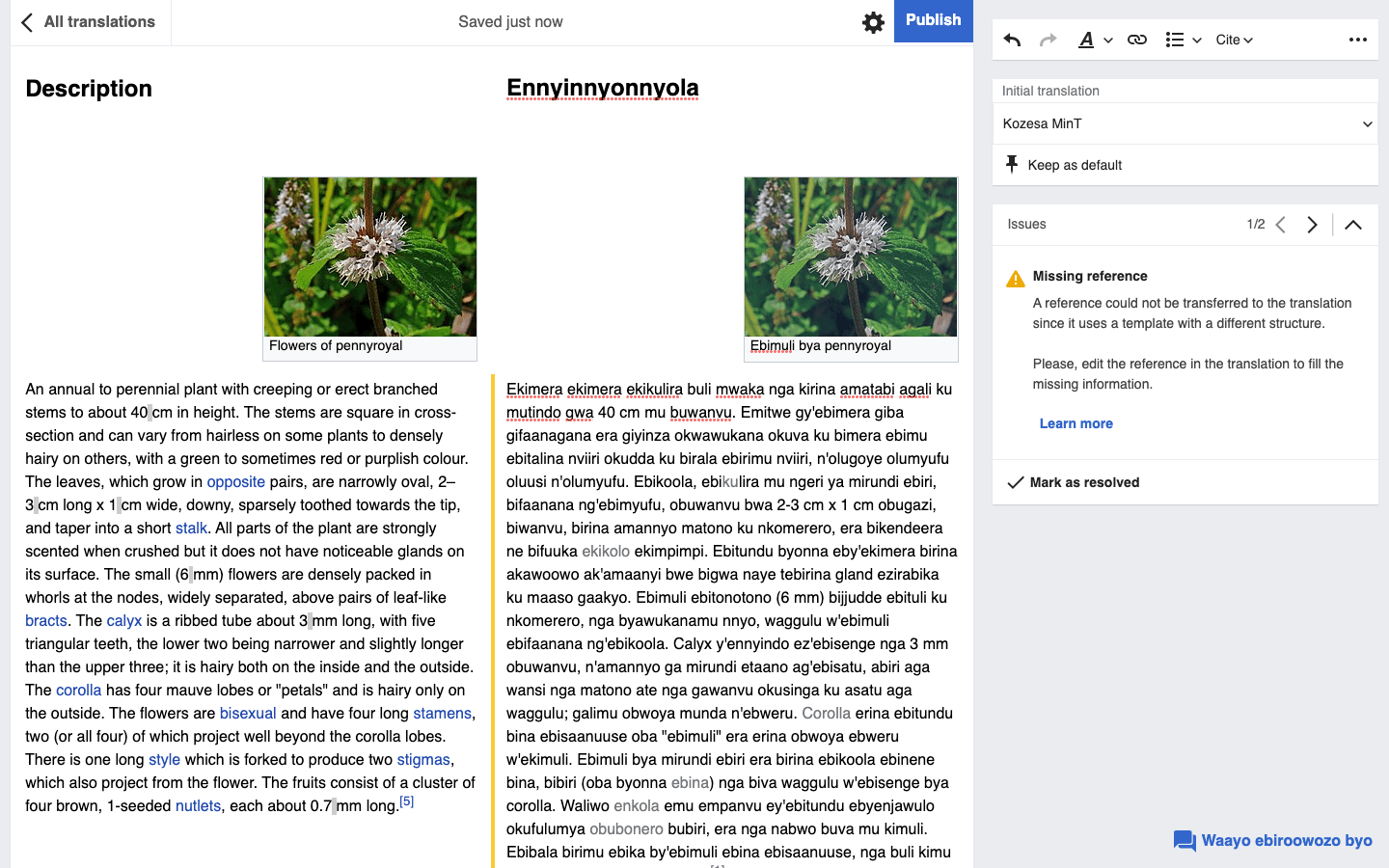AI’s data-quality crisis and hype-driven energy bets: why executives should care
Small-language Wikipedias are being flooded with uncorrected machine translations, chatbots are widely used but lightly trusted (and under new scrutiny), and investors are signing billion-dollar power deals for yet-to-be-built fusion reactors. Together, they signal a governance gap: data integrity, procurement discipline, and policy engagement must catch up to tech adoption-or risk compounding costs, bias, compliance exposure, and brand damage.
Executive summary
- Data poisoning risk: AI-translated content is degrading smaller-language Wikipedias-key training sources for low-resource languages-threatening future model quality and localization ROI.
- Trust-regulation squeeze: Chatbots see mass workplace use but low confidence; the FTC is probing youth impacts as governments push forward with deployments—raising compliance and safety obligations.
- Speculative procurement: Fusion PPAs for non-existent plants create financial, ESG, and reputational risk if milestones slip; contracts need hard gates and off-ramps.
Market context: shifting competitive terrain
Language infrastructure is becoming a strategic asset. Volunteers estimate 40-60% of articles in several African-language Wikipedias are raw machine translations. Because Wikipedia is a primary corpus for low-resource languages, errors today can cascade into tomorrow’s models—hurting product quality, search, support, and safety in growth markets.

Usage outpacing governance: Google reports 90% of tech workers use AI, yet most don’t trust outputs. The FTC has launched an inquiry into chatbot effects on minors, while governments are adopting AI for operations (e.g., procurement chatbots). Expect rising demands for transparency, guardrails, and auditability.

Energy bets before engineering certainty: Commonwealth Fusion Systems signed a billion-dollar offtake deal with Eni for a Virginia plant that doesn’t yet exist. Capital is flowing, but slippage could produce stranded exposure and greenwashing claims.

Sources: MIT Technology Review; CNN; Financial Times; South China Morning Post; The Guardian.
Opportunity analysis: where advantage emerges
- Build multilingual moat: Invest in human-in-the-loop localization for key markets; co-fund community editing and verification for target languages; maintain internal “gold” corpora with provenance tracking to fine-tune and evaluate models.
- Trust by design in chatbots: Scope use cases by risk tier; combine retrieval-augmented generation (RAG) with explicit citations; add youth protections (age gating, content filters) and auditable logs to meet forthcoming regulatory expectations.
- Provenance as differentiator: Embed content authenticity (e.g., C2PA credentials) across marketing, support, and knowledge bases to counteract synthetic-text contamination and strengthen discovery/SEO.
- Disciplined climate-tech procurement: For fusion and other pre-commercial tech, use milestone-based contracts with step-in rights, performance SLAs, delay penalties, diversified hedges, and third-party technical diligence.
- Reputation risk management: Align public health claims and AI messaging with verified evidence; prewire crisis comms for policy and safety controversies.
Action items: 90-day plan
- Data integrity sprint: Audit your model training and RAG sources for low-resource languages; quarantine suspect corpora; deploy a human review loop for top 10 languages by growth potential.
- AI governance upgrade: Approve a risk-tiered chatbot policy (allowed uses, human oversight, logging, red-team tests); implement hallucination detection and citation requirements in production flows.
- Provenance rollout: Pilot content credentials on help-center and product docs; track impact on search quality and support deflection.
- Energy procurement guardrails: Create a pre-commercial tech checklist (independent technical review, phased offtake, escrow, termination triggers); apply before signing any fusion/next-gen deals.
- Policy engagement: Assign government affairs to the FTC chatbot inquiry and local AI bills; prepare a youth-safety and transparency position backed by technical controls.
- KPIs: Model accuracy in target languages, chatbot CSAT vs. deflection rate, provenance adoption rate, and exposure at risk for speculative energy contracts.
Leave a Reply